Compare washing machines in New Zealand at Canstar Blue. Fisher & Paykel, LG, Bosch, Samsung and Haier were compared on Overall Satisfaction, Design, Ease of Use, Performance & Reliability, Quietness and Value for Money.
See our Ratings Methodology.
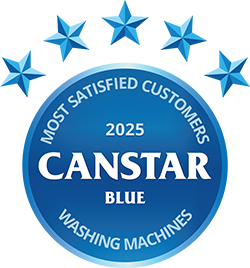
Fisher & Paykel cleans up in Canstar Blue’s Washing Machines Award ratings, ranked the No.1 washing machine brand by Kiwi consumers.
Our review compares washing machines on customer satisfaction, so you can discover what other Kiwis think about our compared washing machine brands before you go ahead and make a purchase. Think of it like asking hundreds of your closest family, friend and colleagues which make of washing machine they think is best!
Canstar Blue surveyed 377 Kiwis who had bought a washing machine over the past three years for their feedback on the washing machine they bought.
Respondents rate their satisfaction with their washing machine brands from zero to ten, where zero is extremely dissatisfied and ten is extremely satisfied. Brand satisfaction was rated by respondents on the following criteria:
The winning brand is the one that receives the highest Overall Satisfaction rating once all the scores from the Overall Satisfaction criteria are combined and averaged.
Brands must have received at least 30 responses to be included, so not all brands available in the market have been compared in this survey. The brands rated in this survey are listed below in order of best overall satisfaction.
Find more information on our Most Satisfied Customer methodology.
This is the third time across the past six awards that homegrown brand Fisher & Paykel has taken home our top award, and it does so with a great set of ratings from its very satisfied customers.
Fisher & Paykel scores top 5-Star ratings across all categories except one, Quietness, for which it earns a great 4-Star rating.
Fisher & Paykel retails a wide choice of washing machines and washer-dryers. It has five top loaders, that range in loads from 8kg to 12kg, with prices from $1500-$2000.
The brands range of front-loaders starts with the 8kg Series 3 Front Loader Washer ($1300) and ends with the luxury 12kg Series 11 Front Loader Washer ($5300).
Fisher & Paykel also has three washer-dryer models.
LG produces seven top-loader models, ranging from a 7.5kg washer, which retails for around $1000, up to a large 14kg machine, featuring TurboClean, for powerful and fast washing, an allergy-care cycle and wi-fi connectivity, for approx $2200.
LG’s front-loader range is more expansive, covering 17 washing machines. These start with a Series 5 7.5kg model with steam cycle, for approx $900, and top out with LG’s 12kg Series 10 front-loader with ezDispense, TurboClean and wi-fi connectivity for around $2200.
Bosch is a brand that is synonymous with quality and design. It has three washing machine series covering 11 front-loaders. Bosch’s cheapest washing machine is its 8kg Series 4 front-loader, which retails for around $1500. Its Series 6 and Series 8 machines range from a 10kg machine, for around $1600, to a state-of-the-art 10kg washing machine with smart connectivity and advanced 4D Wash System, which retails for approx $3000.
Samsung has a range of seven top-loader washing machines in New Zealand. It starts with a small 6kg model, which retails for around $800, and moves up through sizes and features to a 14kg top-loader with BubbleWash and steam settings for approx $2200.
Samsung’s 10 front-loader machines start around $1000 its 8kg model, which boast features such as steam clean. Samsung’s most expensive machine is its 18kg Bespoke model, which offers intelligent clean settings and wi-fi connectivity for approx $3900.
Haier sells an extensive range of washing machines: seven top-loaders and 15 front-loaders. Its cheapest top-loader is a 6kg model that retails for $700, and its most expensive model is a 10kg unit that features 12+ wash cycles, which sells for $1649.
Its front-loader range spans machines with capacities of between 7.5kg-10kg, featuring price tags from $900 to $1550.
Not all brands in the market qualify for our ratings (based on minimum survey sample size), but that doesn’t mean they’re not worth considering. Here are more brands to check out before making a purchase decision.
Beko is a Turkish company that is one of Europe’s biggest appliance manufacturers. It has six front-loading washing machines in its range, featuring models from 7.5kg to 10kg. Each has a 4.5-star water rating and a 4-star energy rating. Prices range from around $800 to $1500 for top-of-the range 9kg and 10kg models with steam clean and wi-fi.
Electrolux is a Swedish appliance company known for its high-end home appliances. It retails six front-loader washing machines in New Zealand: 7.5kg and 8kg models, two 9kg machines and two 10kg units. All feature steam-cleaning, while top-end models boast multiple wash settings, vapour refresh options and wi-fi connectivity. Electrolux’s smallest model retails for around $1100, while its premium machines cost up to $2500.
Miele is a German premium brand that sells a wide range of home appliances, including eight washing machines in 7kg-9kg sizes. Prices start at $1899, for Miele’s cheapest unit, featuring 4-Star ratings for power and water. More expensive models feature steam cleaning and wi-fi connectivity. Miele’s most expensive washing machine is its 9kg Steam Front-loading Washing Machine. It has numerous washing settings, 5-Star water and energy ratings and retails for $5699.
Panasonic has a great range of washing machines that have rated highly in our previous awards. However, this year Panasonic narrowly missed on qualification for our ratings.
Panasonic’s range of washing machines comprises three CARE+ Edition front-loaders and five top-loaders. The CARE+ front-loaders come in sizes ranging from 8.5kg to 10kg, and cost between approx $1300 and $1100. Panasonic’s cheapest top-loader is its 6kg unit, which sells for around $600, and its most expensive 10kg machine is priced at approx $1400.
Westinghouse is part of the Electrolux group, but as a brand has been producing quality appliances in Australia since the 1930s. Its range of 16 washing machines includes ten top-loaders and six front-door models, ranging from small 6kg units, 10kg front-loaders with steam-clean technology, to large 11kg top-loaders. Prices across the range start from around $850, climbing to approx $1700 for premium front-loaders.
Much like a fridge has one job, to keep food cold. Ultimately, a washing machine has one job, too: washing clothes. So it’s no surprise that the biggest factor driving satisfaction for consumers in our latest awards research is Performance and Reliability. Over a third of respondents (38%) cite it as the most important factor when rating their satisfaction with their choice of washing machine. Just under a quarter (23%) cite value for money.
It’s interesting to note that this is the second year in our research that the number of people buying front-loaders has surpassed the number buying top-loaders. This year the split is 50%/39% compared to 47%/44% in 2024. The other 11% bought combination washer-dryers, which are all front-loaders.
Also this year, energy- and water-saving considerations when purchasing a new machine are again to the fore, with 45% of respondents citing them as important, up from 40% a year earlier.
Here’s the full rundown of what the washing machine buyers in our survey say are the main things they consider when rating their purchases.
Top-loaders and front-loaders are the two main types of washing machines. Your other option is a combination dryer and washing machine, but these are less common.
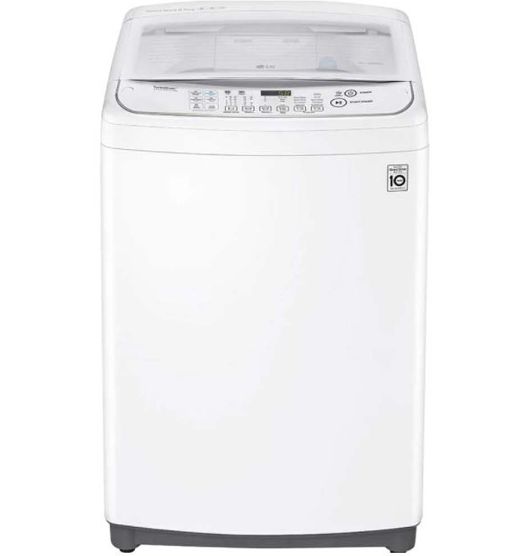
Top-loaders wash clothes in two ways:
An agitator: clothes are moved around by a central pole (agitator) in the middle of the drum. You can read more about the pros and cons of agitators below.
An impeller: this whips up the water to move clothes using a propeller-like device at the bottom of the machine.
Top-loader pros
Top-loader cons

A front-loader washing machine works by tumbling your clothes: it picks clothes up and drops them into water in a circular motion. It doesn’t use an agitator or impeller, like a top load washing machine. Instead, it relies on gravity for its tumble action in the drum. This helps to reduce the amount of water used per load, as you don’t need clothes to be completely submerged in water.
Front-loader pros
Front-loader cons
There are plenty of options when it comes to picking a washing machine. A key starting point is to match the size of a machine to the size of your family. Typically, a larger capacity machine costs more upfront. But it is more suited towards larger families, so will save time, energy and money in the long run.
The capacity of washing machines is measured in kilograms (i.e. the kg weight of your clothes). Front-loader washing machines come in a wide range of sizes, so it’s easy to find the perfect fit for your laundry. Front-loaders can be quite small, around 5-6kg in capacity. But you’ll also find plenty of larger washers, around 10-11kg in capacity. For average families, 7kg machines are regarded as an accommodating size.
Generally speaking, an agitator is designed to minimise tangling and help distribute garments evenly throughout the washer. They’re typically built into the washer as a central post in the drum that twists back and forth, rubbing against clothes to help remove stains. They usually have fins attached and are only found in top loader washing machines.
Is there actually a difference between top loaders with and without an agitator? The short answer is − not anymore. Despite copping criticism for its rough treatment of clothes, the agitator has traditionally been a popular feature in washing machines, rubbing against clothes to help break apart stains. However, many new top loaders now come with ‘smart’ features designed to offer better cleaning results and protect your clothes from damage, removing the need for an agitator.
As with any feature, there can be pros and cons. Below are some of the pros and cons associated with washing machines with agitators:
If you’re not sure if an agitator is essential, below are some pros and cons to washing machines that come without an agitator:
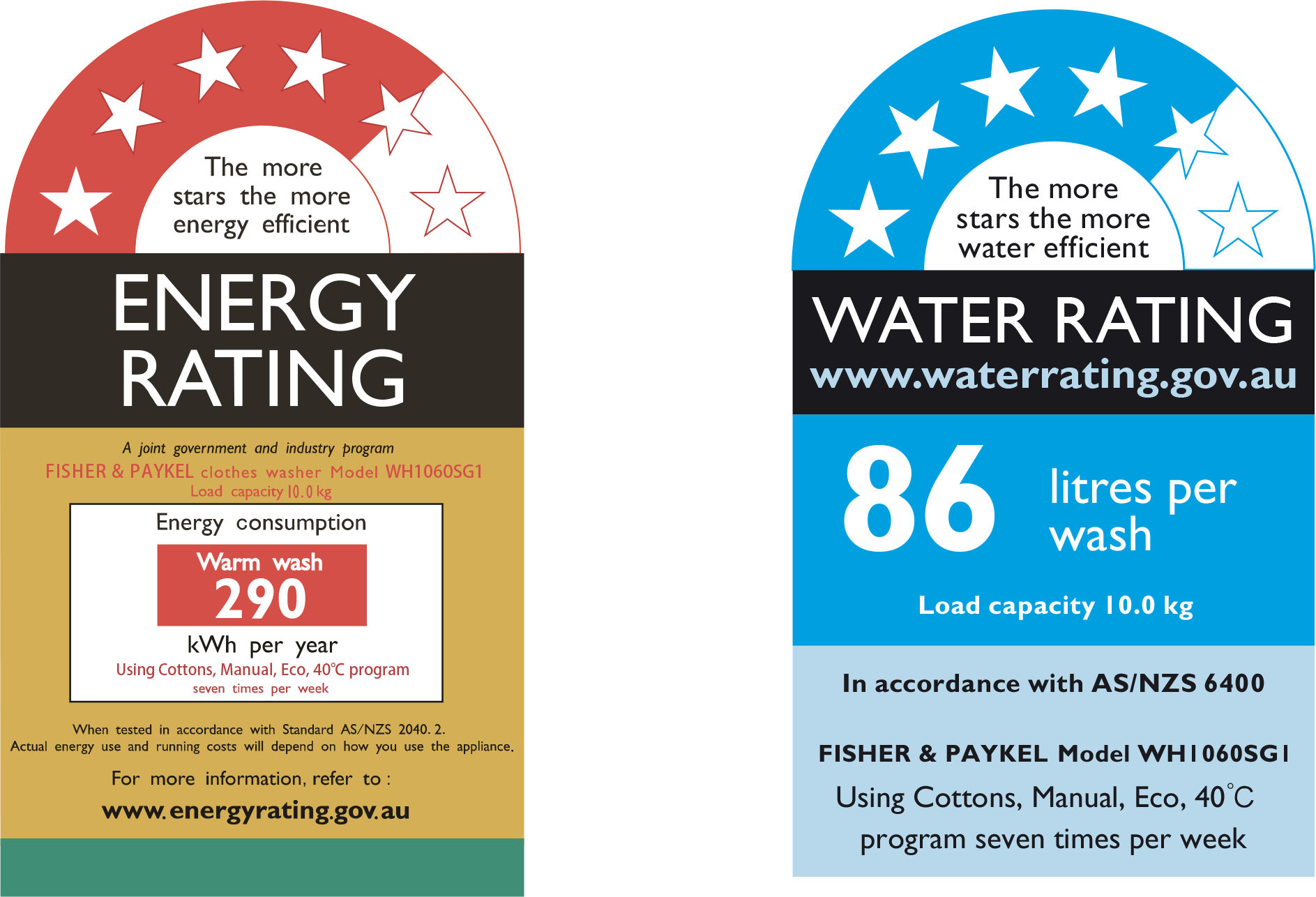
In addition to various fancy features and size, the price of a washing machine is largely dictated by its water and energy efficient ratings. The higher the rating, the more efficient the washer will be, and the more you’ll stand to save in ongoing energy costs. However, the most energy-efficient washing machines come with higher price tags, so you’ll need to consider whether or not the extra upfront cost is worth it.
 This report was written by Canstar’s Editor, Bruce Pitchers. Bruce has three decades’ experience as a journalist and has worked for major media companies in the UK and Australasia, including ACP, Bauer Media Group, Fairfax, Pacific Magazines, News Corp and TVNZ. Prior to Canstar, he worked as a freelancer, including for The Australian Financial Review, the NZ Financial Markets Authority, and for real estate companies on both sides of the Tasman.
This report was written by Canstar’s Editor, Bruce Pitchers. Bruce has three decades’ experience as a journalist and has worked for major media companies in the UK and Australasia, including ACP, Bauer Media Group, Fairfax, Pacific Magazines, News Corp and TVNZ. Prior to Canstar, he worked as a freelancer, including for The Australian Financial Review, the NZ Financial Markets Authority, and for real estate companies on both sides of the Tasman.
Use cold-water wash setting to save money: 58%
Environmental issues guided choice of washing machine: 45%
Run washing machine off-peak to save money: 30%
Front-loader washer: 50%
Top-loader washer: 39%
Washer & dryer combo: 11%
Canstar Blue surveyed 2535New Zealand consumers across a range of categories to measure and track customer satisfaction, via ISO 26362 accredited research panels managed by Qualtrics. The outcomes reported are the results from respondents who had bought a new washing machine in the past three years. In this case, 726 New Zealanders.
Brands must have received at least 30 responses to be included. Results are comparative and it should be noted that brands receiving three stars have still achieved a satisfaction measure of at least six out of 10. Not all brands available in the market have been compared in this survey. The ratings table is first sorted by star ratings and then by mean overall satisfaction. A rated brand may receive a ‘N/A’ (Not Applicable) rating if it does not receive the minimum number of responses for that criterion.
The past winners from Canstar Blue’s Washing Machine ratings:
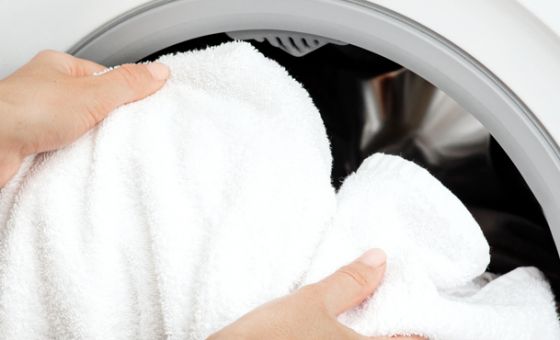
Appliances - June 23rd
KEY POINT
According to 452 New Zealand tumble dryer buyers who took part in Canstar’s 2025 Dryer Award survey, LG is the best dryer brand in New Zealand for delivering consumer satisfaction.
If you’re in the …
– Read more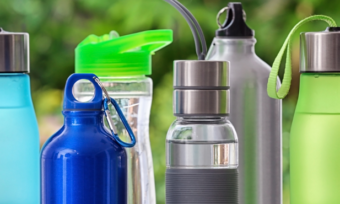
Appliances - March 28th
Why do I need to clean my water bottle/travel mug?
Cleaning your water bottle or travel mug regularly is essential for several reasons:
Hygiene: bacteria, mould, and other microorganisms can accumulate in your water bottle or …
– Read more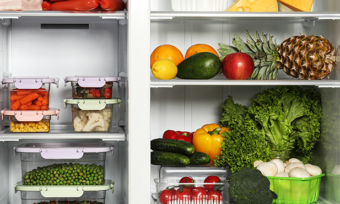
Appliances - March 26th
What is a top fridge-freezer?
A top fridge-freezer refers to a type of refrigerator-freezer unit where the freezer compartment is located at the top of the appliance, above the refrigerator compartment. In this design, the freezer …
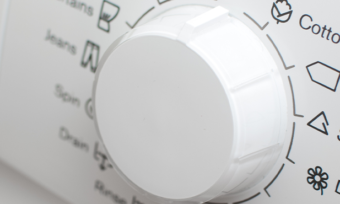
Appliances - March 18th
Why do delicates need to be washed differently?
Delicate items, like silk blouses or lace lingerie, need special care when washing because they’re made of fragile fabrics or have intricate details. Regular washing machines and harsh …
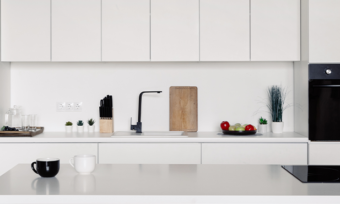
Appliances - February 20th
Kitchen appliances
Air fryers
3.75L Air Fryer ($85)
If it’s your first time buying an air fryer, or you’re not willing to break the bank, consider Kmart’s affordable 3.75L air fryer. Prepare delicious, crispy fries, nuggets and more …